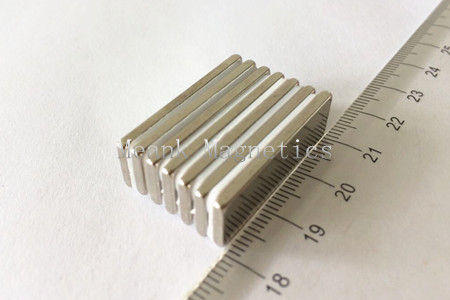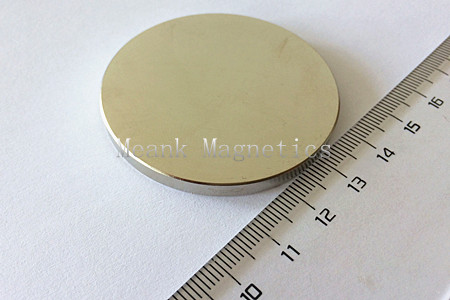Magnetic levitation, the ability to suspend objects in mid-air using magnetic forces, has long captured our fascination. While traditional magnets with both North and South poles are commonly associated with magnetic levitation, there is a question regarding the potential use of single pole magnets in this intriguing phenomenon. In this blog post, we will explore the concept of using single pole magnets for magnetic levitation and examine the possibilities and limitations of their application in this field.
Magnetic levitation relies on the principles of magnetic repulsion and attraction. When two magnets with like poles (either both North or both South) are brought close to each other, they repel each other due to their similar magnetic fields. This repulsive force can counteract gravity and suspend an object in mid-air.
The concept of using single pole magnets for magnetic levitation is an interesting one. However, it is important to note that single pole magnets, also known as monopole magnets, do not possess both North and South poles like traditional magnets. Instead, they have only one magnetic pole, which creates a concentrated magnetic field on one side.
Different from ndfeb cone magnets, single pole magnets cannot directly replicate the levitation effects achieved with traditional magnets. They can still be used in certain scenarios to create a levitating effect. This is made possible by utilizing the repulsive force generated between a single pole magnet and a magnetically conductive surface or another magnet.
To achieve levitation using single pole magnets, a magnetically conductive surface is typically employed. When a single pole magnet is placed above such a surface, the concentrated magnetic field on the magnet's side facing the surface generates a repulsive force. This force counteracts gravity, resulting in a levitating effect.
It's important to note that the levitation achieved with single pole magnets is typically limited to stable suspension or partial levitation. Due to the concentrated nature of the magnetic field, the levitation height and stability might be more challenging to control compared to traditional magnets with both poles.
Additionally, the strength of the single pole magnet and the characteristics of the magnetically conductive surface play a significant role in determining the levitation effect. Proper alignment and positioning of the single pole magnet are crucial for achieving stable levitation.
While traditional magnets with both North and South poles are commonly associated with magnetic levitation, single pole magnets can still be used to create levitating effects, albeit with certain limitations. By harnessing the repulsive forces generated between single pole magnets and magnetically conductive surfaces, stable suspension or partial levitation can be achieved. However, it's important to consider the specific application requirements, alignment, and positioning of the single pole magnet to ensure the desired levitation effect. As technology advances, further research and innovation in single pole magnet applications may lead to new possibilities and advancements in magnetic levitation techniques.




